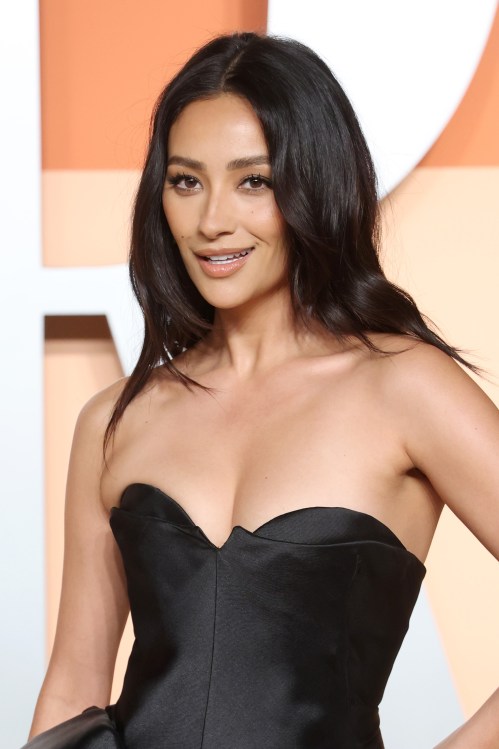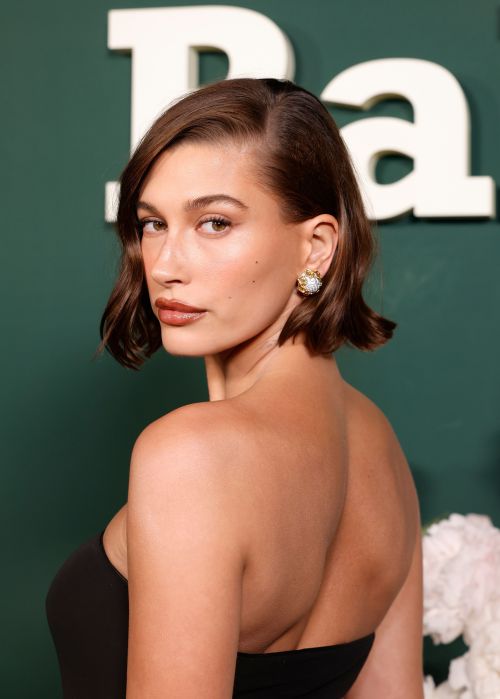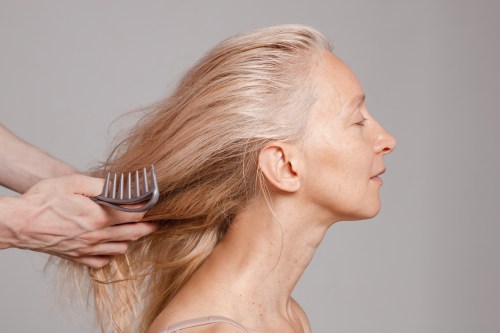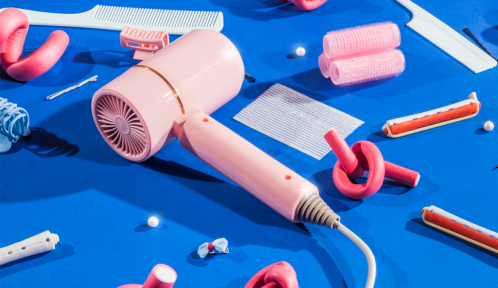A ‘Scalp Hydrafacial’ Gave My Fine, Greasy Hair the Summer Reset It’s Been Begging For
I tried a scalp hydrafacial on my fine, oil-prone hair to see if it could live up to its promise of getting rid of buildup.

My job as a beauty editor has afforded me quite a few opportunities to get up close and personal with my scalp. Thanks to high-tech cameras, I’ve seen various glimpses of the dead skin, inflammation, shampoo buildup, and oil hanging out up there, which has certainly helped to clue me in to the importance of taking care of the skin on the top of my head. And while scalp massagers, clarifying shampoos, and cleansing serums have certainly helped, I’m constantly looking for treatments to keep my oily hair at bay and ultimately contribute to healthy hair growth.
Most recently, I decided to try out a scalp hydrafacial—the benefits of which go well beyond the hydration that the name implies. And with summer weather (and the greasy, sweaty hair concerns that come along with it) on the horizon, it couldn’t have come at a better time.
What is a scalp hydrafacial?
In the last few years, hydrafacials for the face have gained popularity thanks to their ability to clear congested pores and moisturize the skin. They work by sucking out gunk from your complexion while simultaneously infusing them with nourishing serums. In other words, they extract and hydrate at the same time, giving you the best of both worlds. Re-purposing this type of treatment to your scalp offers the same skin-friendly benefits, with the added bonus of reinvigorating the health of your hair.
If you suffer from thinning hair, postpartum hair loss, or scalp buildup leading to excessive dandruff or inflammations, a scalp hydrafacial can help. It not only removes the buildup that impacts hair growth and poor follicle circulation, but it also treats your strands with ingredients that stimulate growth and promote fullness.
“For long-term results, scalp hydra-facials can help with overall hair growth especially those with thinning hair,” says Tatiana Almonte, an esthetician at Peace.Love.Med. Aesthetic Rejuvenation in Florida. “Having a healthy scalp and unclogged hair follicles allows more nutrients to reach the area and often results in improved hair growth and fullness.”
The scalp hydra-facial treatment uses a Keravive peptide complex, which employs growth factors to help with blocked follicles and thinning hair. It also contains niacinamide to protect against environmental stressors and vitamin b5 for hydration. “Keravive is pretty much for everyone—men or women, and all textures and tones. Anyone looking to improve overall scalp health and anyone looking to improve thinning hair. It uses growth factors and skin proteins to stimulate hair follicles,” says Almonte.
She recommends trying the treatment once a month, but notes that depending on your individual needs, you can go as frequently as three times a month to kickstart hair growth.
What it’s like to experience a scalp hydrafacial
The treatment
I’ve had hydra-facials for my skin before and absolutely loved the results. My complexion looked clearer and after the mild redness subsided, my tone was evened and I felt products were absorbing better. I expected the scalp version of the treatment to be quite relaxing, as the tip of the hydra-facial suction wand normally feel a little scratchy and I figured it would clear out the gunk from my hair follicles and stimulate blood flow, just as a hydra-facial clears congestion with your skin.
My scalp treatment, which took place at the Manhattan offices of board-certified dermatologist Michele Green, MD, started with a conversation. I answered questions about my hair concerns, my hormonal cycle, my weekly wash schedule, and my experience with hair loss. I let the practitioner know that while I don’t deal with shedding or dandruff, there were other concerns I wanted to address.
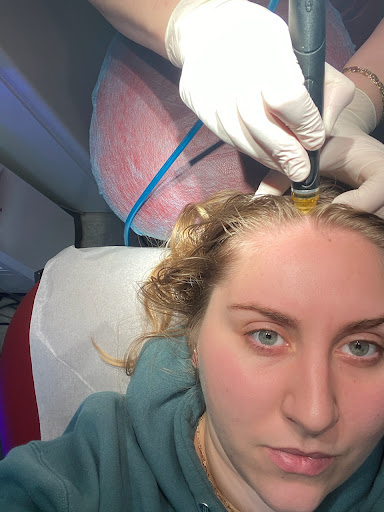
Because I test a lot of product (and frequently refresh my style with dry shampoo on non-wash days), my scalp gets greasy and needs to be shampooed every other day. What’s more, it often feels itchy or hot to the touch, likely due to the eczema flare-ups I experience from time to time. Once the consultation was over, I laid back and my esthetician got to work, carefully separating and parting my hair every which way she could. She dragged the wand along various parts of my scalp, and it lightly exfoliated my skin and extracted product buildup and sebum while replenishing my scalp with the Keravive Peptide Complex.
The results
According to Almonte, following the treatment “you will immediately see less flakiness on your scalp, feel less itchy, and your scalp will feel fresh and hydrated.”
This was absolutely the case for me. My scalp felt noticeably more comfortable when the hydrafacial was over, and there was no grease or irritation to speak of. The coolest part of the experience, though, was being able to see all of the sebum, dirt, and other impurities that the machine had suctioned out of my skin:
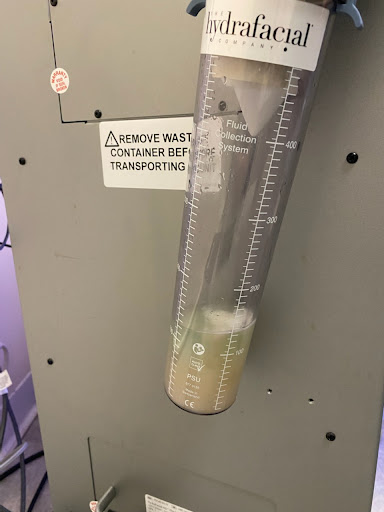
From there, “we can identify a build-up of product, moisture imbalances, any redness, and irritation,” says Almonte. My esthetician showed me where my problem areas for buildup were and used a mirror to confirm that my hair was healthy and growing properly.
I left the treatment with my hair feeling slightly wet at the root, but by no means soaking wet—almost as if I’d just worked out or had been caught in the rain for a few minutes. I was instructed to wait at least 24 hours before washing my hair to let the Keravive peptide complex soak into my scalp and work to its full potential.
All in all, the treatment left my scalp feeling like a nice, clean canvas—no buildup to speak of. It’s a great option for anyone dealing with hair loss or scalp discomfort, and was the perfect reset to allow me to take on the grease-inducing conditions in the summer months ahead without worry.
Sign Up for Our Daily Newsletter
Get all the latest in wellness, trends, food, fitness, beauty, and more delivered right to your inbox.
Got it, you've been added to our email list.

